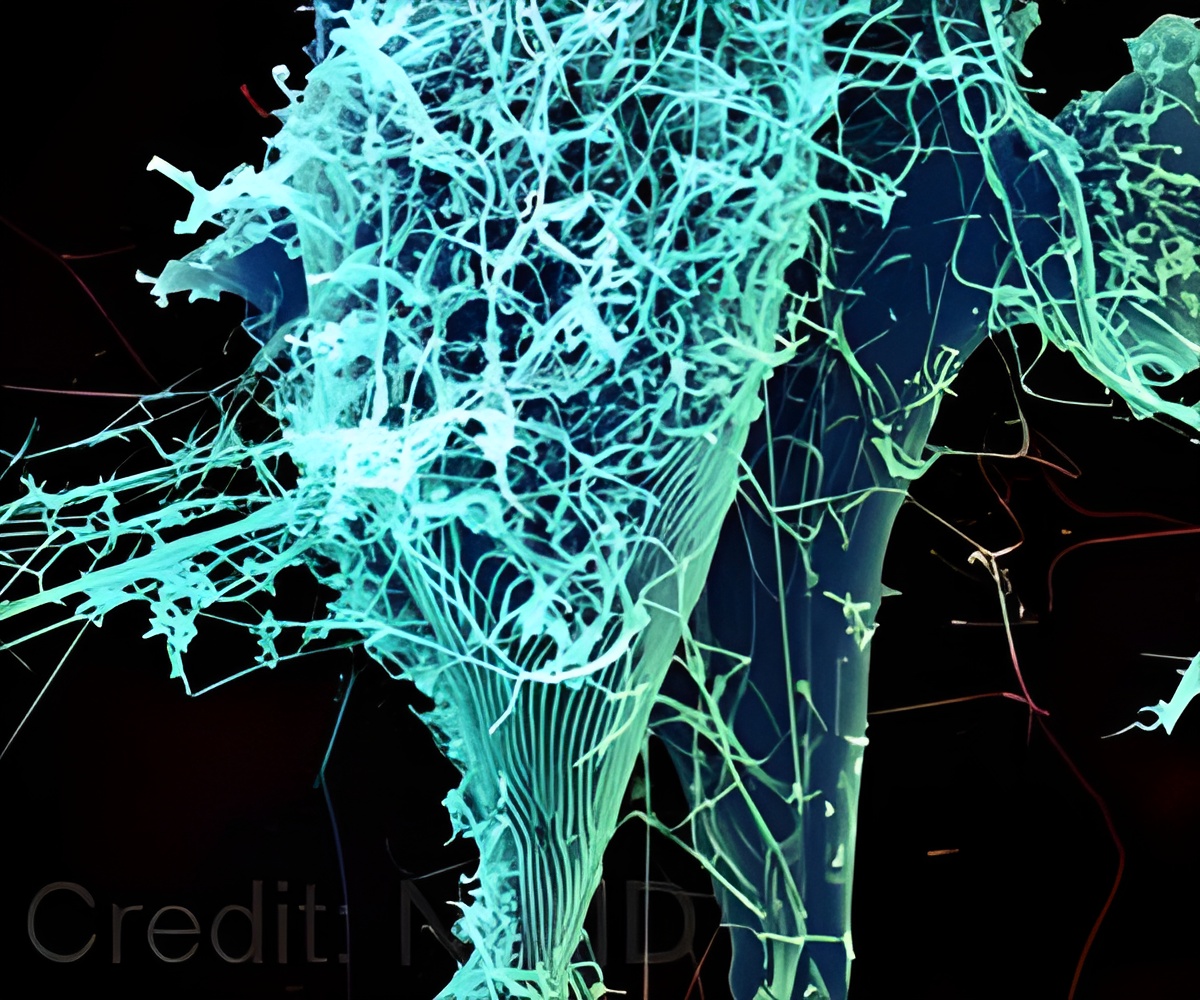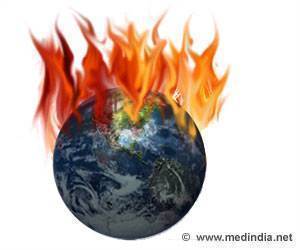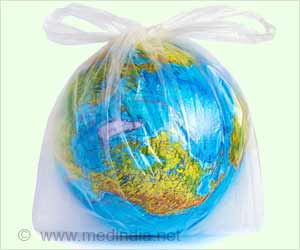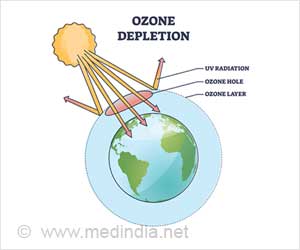Novelists have been inspired by the "time-traveling" pathogens, trapped in ice linked to catastrophic outbreaks.

Time-travelling pathogens and their risk to ecological communities
Go to source). While melting glaciers and permafrost are giving many types of dormant microbes the //opportunity to re-emerge, the potential threats to human health and the environment posed by these microbes have been difficult to estimate.
Ecological Risks of Ancient Pathogens
In a new study, a team led by Giovanni Strona of the European Commission Joint Research Centre in Brussels, Belgium, quantified the ecological risks posed by these microbes using computer simulations.The researchers performed artificial evolution experiments where digital virus-like pathogens from the past invade communities of bacteria-like hosts. They compared the effects of invading pathogens on the diversity of host bacteria to diversity in control communities where no invasion occurred.The team found that in their simulations, the ancient invading pathogens could often survive and evolve in the modern community, and about 3 percent became dominant.‘Time-traveling pathogens, previously limited to the realm of science fiction, could indeed become influential forces driving ecological shifts and posing risks to human health.’





While most of the dominant invaders had little effect on the composition of the larger community, about 1 percent of the invaders yielded unpredictable results.Some caused up to one third of the host species to die out, while others increased diversity by up to 12 percent compared to the control simulations.The risks posed by this 1 percent of released pathogens may seem small, but given the sheer number of ancient microbes regularly released into modern communities, outbreak events still represent a substantial hazard. Reference:
- Time-travelling pathogens and their risk to ecological communities - (https://journals.plos.org/ploscompbiol/article?id=10.1371/journal.pcbi.1011268)











